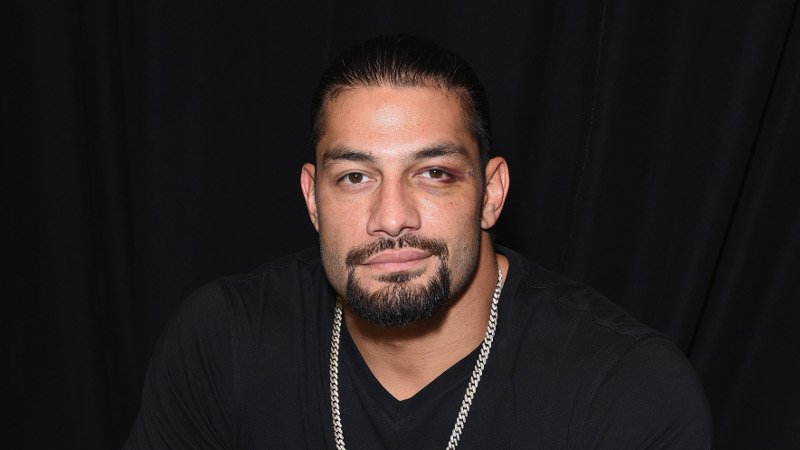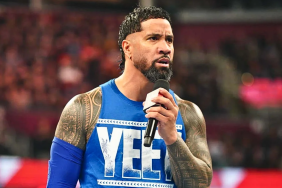Roman Reigns‘ return following his battle with cancer is right up there with some of the greatest accomplishments in the history of WWE, and that’s just a fact. During a recent interview with GQ, he opened up about how that struggle impacted his diet, as well as how his diet looks in the present day as he continues the day to day grind of a WWE superstar.
RELATED: Roman Reigns Visits Fans In Hospital
GQ: In 2015, you told me that staying on top of your nutrition game, not finding the time to work out, was the most difficult part about being on the road with WWE. Is that still true today?
Roman Reigns: It can be. As a whole, our locker room has gotten a lot smarter. We’ve really moved to meal plans now. You see a lot of guys carrying those Yeti coolers. I don’t enjoy lugging around a big cooler pack all the time, so that’s not something I do often. I still go about getting my meals from restaurants in whatever town I’m in.
Say you’re on the road. You’ve got to travel, train at the gym, make it to the arena on time for that night’s show, then travel to the next town for the next one. Break it down for me—in a perfect scenario, when and what are you eating?
You can always help yourself if you book a better hotel. Some guys will try to save some money on the road and book a cheaper hotel. I’ll spend a little more so that I have a good restaurant. If you have a very specific order, the restaurants will usually make it. You can even get two or three meals in advance, and you’re good to go. You can put that tag on the door and have your breakfast order coming at the time you want it at.
I’ll get six to 10 eggs in the morning, and maybe a little bit of bacon or sausage. Then I train and get a protein shake, which will usually make me feel full. About an hour or so later, I’ll try to get another meal in, and that one will be pretty protein-heavy. Sometimes I’ll have one more protein shake. Late at night on the road, you can’t be picky. Your options are limited, so you just have to make that work. That is where the meal plans are nice to have.
You’ve been very public about your battle with leukemia. How did your diagnosis impact your diet?
Right from the get-go, I had to take it a lot easier on my digestive system, because the medication I’m on can be pretty harsh on your liver and stomach. I had to really take care of myself and make sure I wasn’t overloading on protein like guys who are trying to gain muscle typically do. And I had to be picky with the proteins I did take in. Red meat takes a lot longer to digest, and it’s a lot more work on your liver. Also shellfish—my uric acid levels can rise really quickly, so I can’t go crazy on shellfish anymore. I can’t have those big crab leg dinners. The “king meals” is what we call them. I’ve had to really focus on more chicken and lighter fish.
There were a lot of other things I had to address. I had to increase my water intake. I really had to cut down on alcohol. Like anything else, it’s portion control, and being conscious, so we know that I’m not overworking my body.
You were previously diagnosed with leukemia in 2007. Were there any major changes when it came to how you handled your diet between then and your diagnosis this past year?
Back then, I was still playing football, and I was only 22 years old, so my body was resilient. Thank God I managed to take care of myself, but at 22 years old, you can get in a car wreck, run out of it, and go swimming across the channel. So I was still able to maintain my weight and train like an athlete and continue to pack on some weight. But now I’m 34. I’m a different human. I just can’t manage everything like I used to. I don’t have the same resiliency that I did when I was 22. My body didn’t bounce back, and the recovery is not the same. It’s a whole different process now, and I’m working a different job, in a different place, with a different type of athletics.








